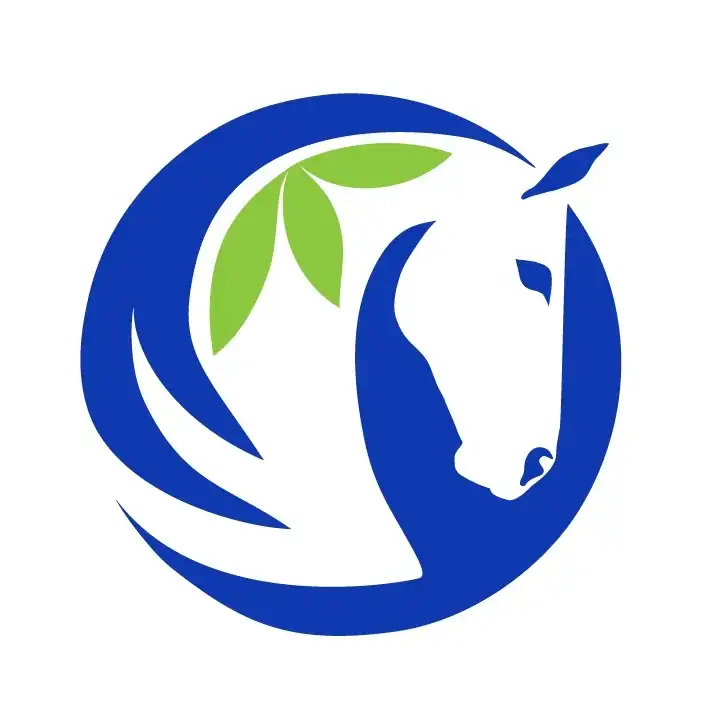AARP highlights prescription drug price increases using the example of a loco moco

AARP is highlighting how much prescription drug prices have risen above inflation using the example of a loco moco.
In an organization press release, AARP’s Public Policy Institute states that:
“If the price for a loco moco breakfast had increased at the same rate of inflation as prescription drug prices, a loco moco at a popular fast food restaurant would cost $26.97 today versus the $6.70 cost back in 2006.”
“Drug companies have been hiking their out-of-control prices faster than inflation for decades, forcing some kupuna to choose between paying for groceries and paying for the medicine they need,” said Keali’i Lopez, AARP Hawaiʻi state director in the release. “The US Senate has the power to stop this outrage and reduce the burden of drug price inflation. Congress must act now to put money back in the pockets of kupuna to help them afford the rising cost of their medicine and other basic needs.”
AARP Hawaiʻi also tracked the cost of ingredients to make a loco moco and what prices would be if they spiked as much as prescription drugs since 2006. The organization found:
- The price of a five-pound bag of rice on sale would be $12.03, up from the $2.99 sale price in 2006.
- A dozen eggs on sale would cost $6.32 compared to the2006 sale price of $1.57.
- A pound of ground beef would cost $10.95 versus the 2006 national average price of $2.72.
A 2006 menu, supermarket sale ads and the Consumer Price Index were used by the organization to track 2006 prices.
AARP’s Public Policy Institute has tracked retail prices of widely-used brand name prescription drugs since 2006 and found that the average prices for brand name medications most often used by seniors increased by more than 300%, much faster than prices for other goods and services.
“Medicare is prohibited by federal law to negotiate for lower prices. This must change,” Lopez said. “We created this loco moco price comparison to bring home to Hawaiʻi residents how greedy the pharmaceutical companies have been,” he said.
“Hawaiʻi’s Congressional delegation has consistently supported legislation to lower prescription drug prices and we’re grateful to them. However, the pharmaceutical lobby, know as Big Pharma, is powerful and has been able to stop prescription drug price reform,” Lopez said. “AARP will keep fighting and won’t stop until prescription drug price reform in Congress becomes law.”
AARP is asking Congress for three things to lower out-of-control drug price inflation.
- Allow Medicare to negotiate the prices it pays for prescription drugs.
- Create an annual out-of-pocket cap on what people on Medicare pay for their prescription drugs.
- Require drug companies to pay a rebate if they raise the price of existing drugs faster than the rate of inflation.
“Americans are sick and tired of paying the highest prices in the world for their prescription drugs. Congress needs to lower prices now. Kupuna can’t afford to wait,” Lopez said.









